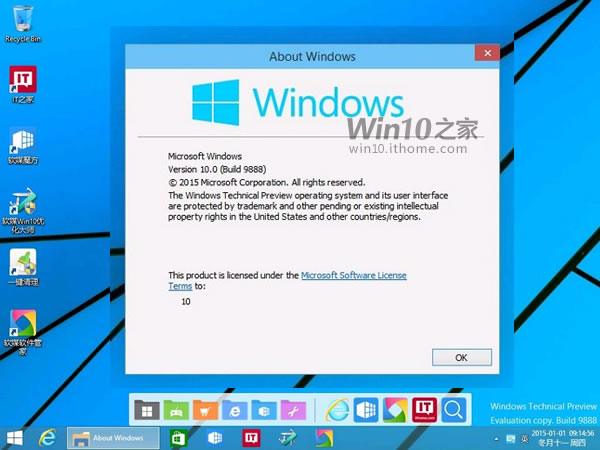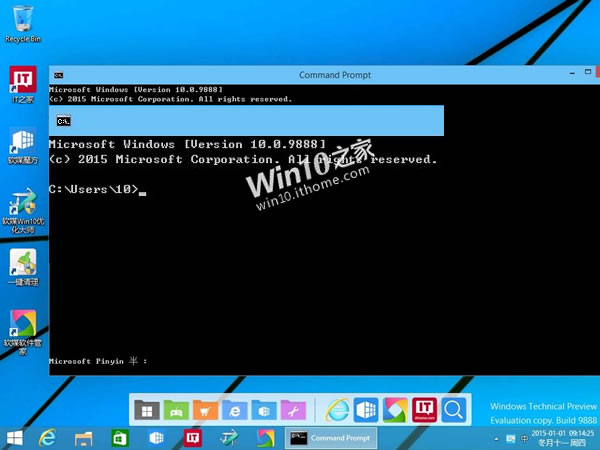Microsoft is informing developers that the kernel version number for Windows 10 is going to be hiked straight to version 10 shortly. The kernel number has been out of sync with Windows release number suffixes since the time of Windows 95 notes Paul Thurrott's Supersite for Windows.

Current widely available Windows 10 installs show the kernel version as 6.4. That was intended to be the kernel version for Windows 10 when it was finally released. It follows on logically from Windows 8.0, kernel version 6.2 and Windows 8.1, kernel version 6.3.
So why now change the kernel version number to 10? Thurrott thinks it's mostly about perception "the company is sending a message that Windows 10 is a big deal… by aligning the version number to the product name—a silly and huge leap—it is planting a flag in the ground. This is Windows 10. Version 10. It's a big deal." Microsoft took a similar approach with its version numbers with Windows 10 itself, when it was up until one point assumed the next version of Windows would be version 9, following on in sequence.

Will this marketing-lead kernel version number change have any negative impacts? Well an MSDN document asks developers to update their programs if they check for and rely on certain results for an NT version query. "Developers preparing for Windows 10 should note that the Windows NT value in the UA string will change from 6.4 to 10.0 with the new release. If you have code that depends on the version number, we advise that you update to allow for the new value." IE developers are also being told to update.
Beyond the above preparation by developers, Microsoft has implemented a method to smooth the transition: apparently a 'depreciated version API' will report that Windows 10 is version 6.3 but modern apps always get the correct version 10 kernel reported to them.
Screenshots from Win10 (Chinese).













